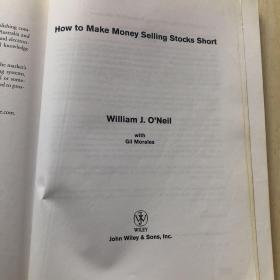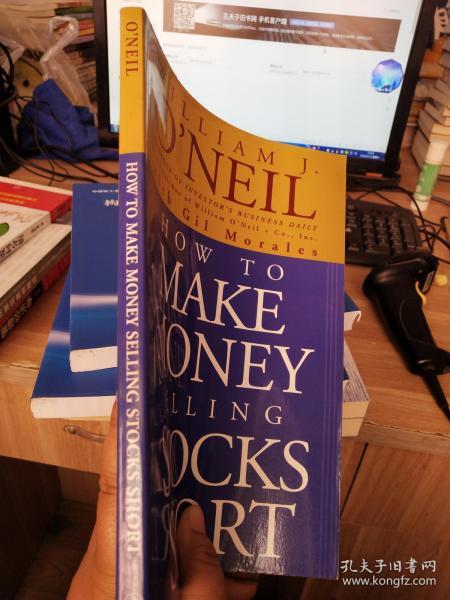How to Make Money by Selling Stocks: A Comprehensive Guide
Investing in the stock market can be a lucrative venture, but it requires knowledge, strategy, and a bit of luck. Selling stocks is a key component of this process, and understanding how to do it effectively can significantly boost your earnings. In this guide, we’ll explore various methods and strategies to help you make money by selling stocks.
Understanding the Basics of Selling Stocks

Before diving into the strategies, it’s crucial to understand the basics of selling stocks. When you sell a stock, you’re essentially transferring ownership of that stock to another investor. The price at which you sell the stock is determined by the market demand and supply. Here’s a quick rundown of the key terms:
- Market Order: This is an order to buy or sell a stock at the best available price in the market.
- Limit Order: This is an order to buy or sell a stock at a specific price or better.
- Stop Order: This is an order to buy or sell a stock when it reaches a certain price, either above (stop buy) or below (stop sell) the current market price.
Now that you have a basic understanding of the terms, let’s explore some strategies to make money by selling stocks.
1. Selling Stocks at a Profit

The most straightforward way to make money by selling stocks is to buy them at a lower price and sell them at a higher price. Here are some tips to help you achieve this:
- Research and Analyze: Conduct thorough research on the stocks you’re interested in. Analyze financial statements, news, and market trends to identify potential opportunities.
- Set Realistic Goals: Determine your profit targets before buying a stock. This will help you stay disciplined and avoid making impulsive decisions.
- Use Stop-Loss Orders: To protect your investments, set stop-loss orders to minimize potential losses if the stock’s price falls.
2. Selling Stocks Short

Selling stocks short is a more advanced strategy that involves borrowing shares from a broker and selling them at the current market price. You then buy back the shares at a lower price and return them to the broker, pocketing the difference. Here’s how to get started:
- Understand the Risks: Selling short can be risky, as the stock price can rise indefinitely. Make sure you’re comfortable with the potential losses.
- Find a Broker That Allows Short Selling: Not all brokers offer short-selling services. Choose a broker that supports this strategy.
- Conduct Thorough Research: Just like buying stocks, research is crucial. Look for stocks with a high probability of falling in price.
3. Selling Stocks on Margin
Selling stocks on margin involves borrowing money from your broker to buy more shares. This can amplify your returns, but it also increases your risk. Here’s how to get started:
- Understand Margin Requirements: Brokers have specific margin requirements, which can vary. Make sure you’re aware of these before getting started.
- Choose the Right Stocks: Look for stocks with high liquidity and a strong potential for growth.
- Monitor Your Portfolio: Keep a close eye on your investments to avoid margin calls and potential losses.
4. Selling Stocks for Dividends
Some stocks pay dividends, which are portions of a company’s profits distributed to shareholders. Selling stocks for dividends can be a steady source of income. Here’s how to get started:
- Identify Dividend-Paying Stocks: Look for companies with a history of paying dividends and a strong financial position.
- Understand Dividend Yield: Dividend yield is the percentage of a stock’s price that is paid out as dividends. Higher yields can mean higher income.
- Reinvest Dividends: Consider reinvesting your dividends to buy more shares, potentially increasing your income over time.
5. Selling Stocks During Market Downturns
Market downturns can present opportunities to sell stocks at lower prices. Here’s how



